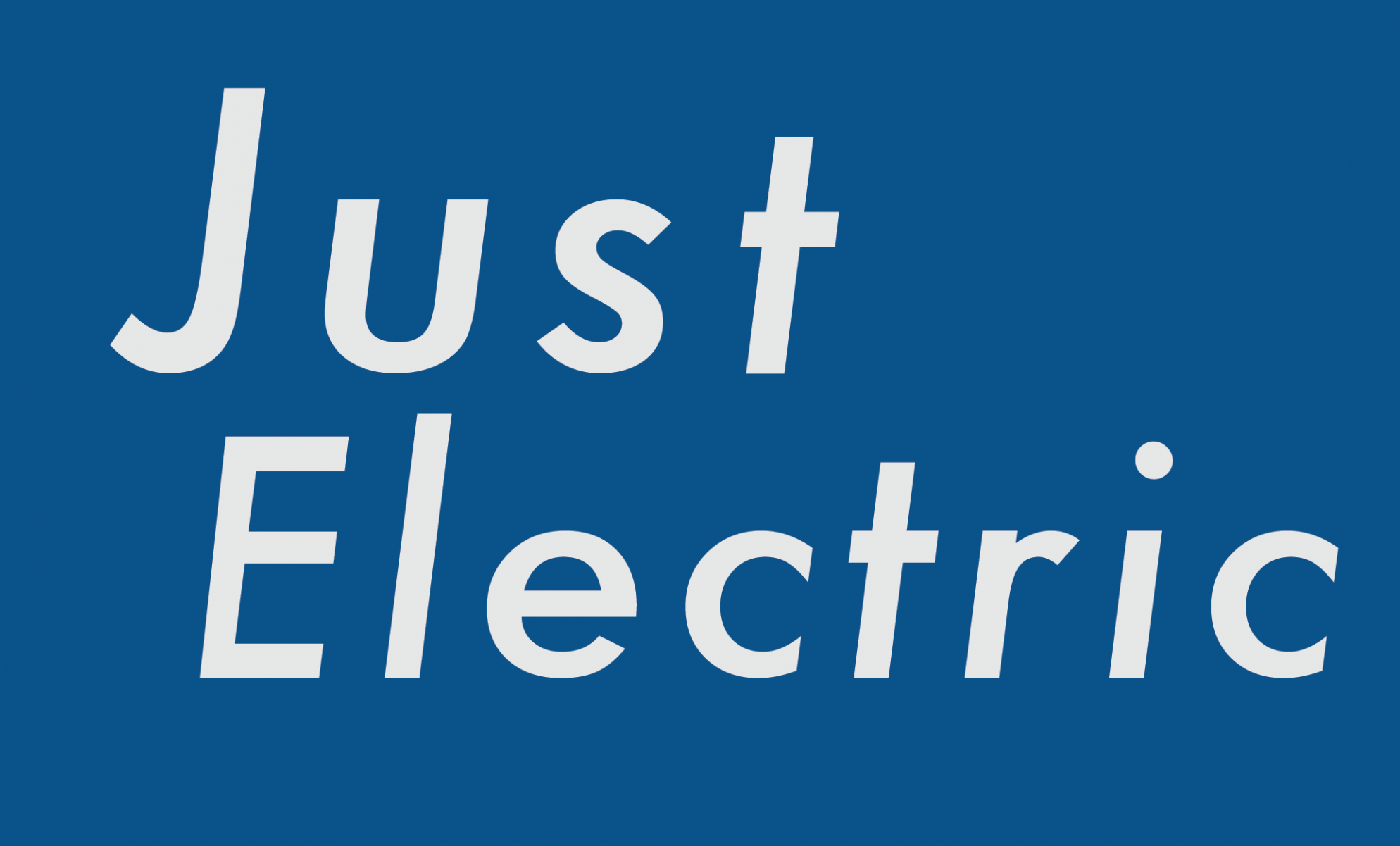Points for group qualifying and Attack Mode restrictions are among the new regulations revealed at the FIA World Motorsport Council for the 2019-2020 Formula E season.
The council also confirmed the calendar for FE’s sixth season, which will kick off with a double header in Saudi Arabia in November.
Attack Mode strategy will look different next season. Drivers will not be able to activate the extra power output during Full Course Yellow or Safety Car periods. Many drivers have been using this tactic this season, as passing through the activation zones usually means leaving the racing line and losing time, but they cannot be passed during caution periods.
- Caution periods will also no longer reduce the need for energy saving.
- “For each minute spent under Full Course Yellow or Safety Car conditions, 1kWh will be subtracted from the total available energy measured from the point at which the race was neutralised.”
No change to the controversial group qualifying system, which has been criticised by drivers all season, has been announced, but the fastest driver in each group will score a championship point.
The driver who secures pole position will still be awarded three championship points.
Other new rules include:
- During a race suspension, the timekeeping system will stop, unless otherwise announced by the Race Director, with the aim of completing the full race time
- Maximum power output of the RESS will increase from 225kW to 235kW in Attack Mode
- The homologation cycle for the Gen2 car will be extended to include season eight for reasons of cost control and to account for new manufacturers entering in season six. This decision does not exclude the following potential updates:
- Power increase
- Battery performance improvement
- Design evolution
- A modification to the Technical Regulations was also approved, reducing the maximum number of MGUs (rotating electromechanical power converters) from two to one.
New calendar to feature at least two new venues
The new rules will regulate 14 races across 11 countries next season. The year starts with a Saudi Arabia double header in November, before a still to be confirmed race in early December.
Chile, Mexico, and China will once again feature (in January, February, and March respectively), with China once again set to host two E-Prix in two different locations (Hong Kong and a still to be confirmed second venue).
Rome and Paris events take place in April ahead of the only new country confirmed for the 2019-2020 season, Seoul. Then it’s back to Europe for the Berlin E-Prix at the end of May before the New York E-Prix, which will not be a double header as it has been since joining the calendar in 2017.
The season ends with a double header in London, which will be held at the ExCel exhibition centre.
| Date | Race |
|---|---|
| 22-Nov-19 | Ad Diriyah, Saudi Arabia** |
| 23-Nov-19 | Ad Diriyah, Saudi Arabia** |
| 14-Dec-19 | TBC, TBC |
| 18-Jan-20 | Santiago de Chile, Chile* |
| 15-Feb-20 | Mexico City, Mexico* |
| 01-Mar-20 | Hong Kong, China* |
| 21-Mar-20 | TBC, China* |
| 04-Apr-20 | Rome, Italy |
| 18-Apr-20 | Paris, France |
| 03-May-20 | Seoul, South Korea* |
| 30-May-20 | Berlin, Germany |
| 20-Jun-20 | New York, USA |
| 25-Jul-20 | London, United Kingdom* |
| 26-Jul-20 | London, United Kingdom* |
* Subject to circuit homologation
** Double-header subject to government agreement





[…] race, which was confirmed on the calendar following a World Motor Sport Council meeting, will use a 2.8 km circuit and consists of 19 turns, subject to FIA […]
[…] Jakarta E-Prix will take place on June 6th, a slot which had not been included in the initial calendar announced in June. The updated calendar, with the complete list of dates and destinations, will be released after the […]